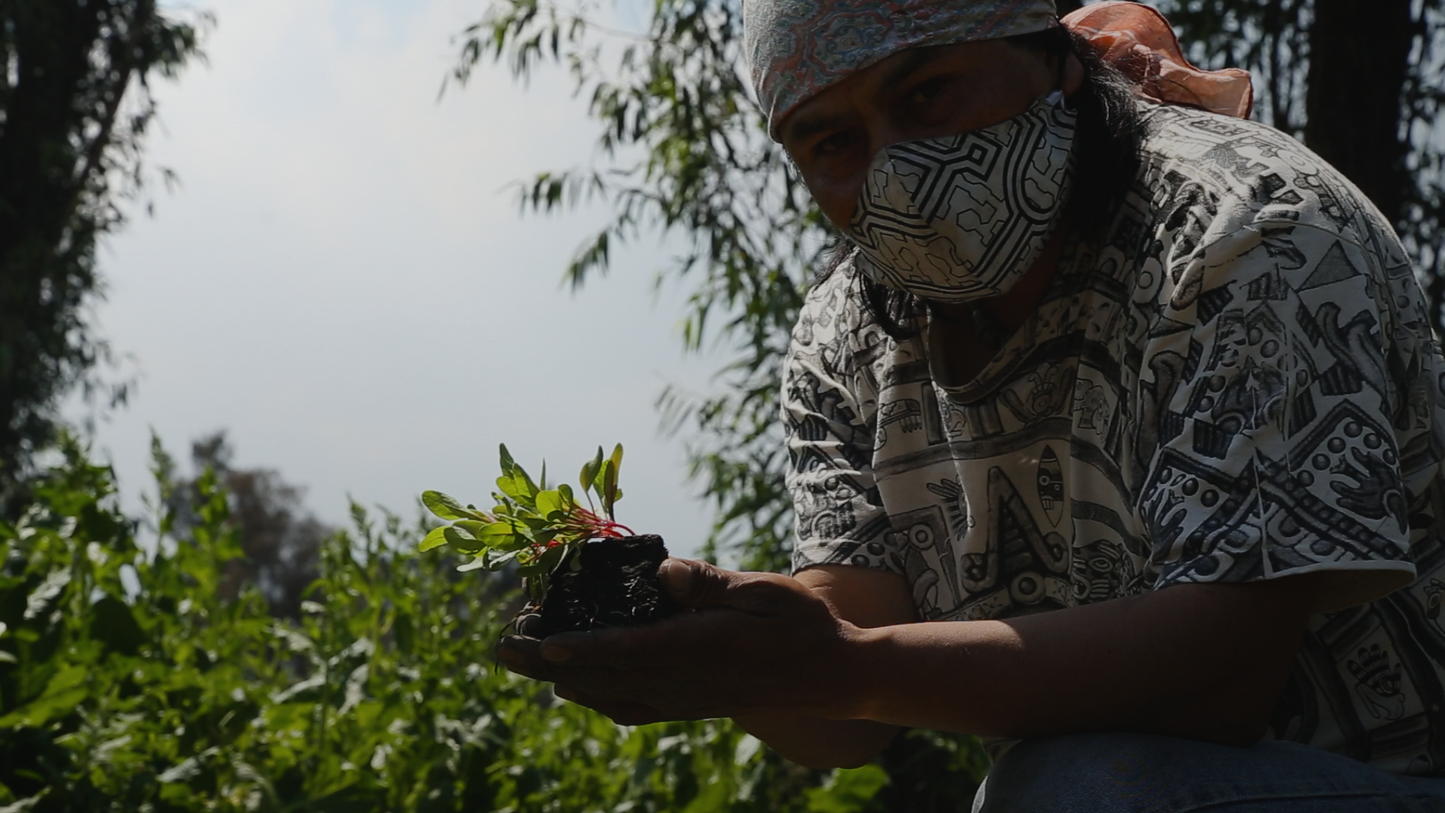
Xochimilco — which in Nahuatl means “Field of Flowers” — is a place of pre-Hispanic origin where the ancient Mexicans created a farming system in the middle of a large lake.
This store requires javascript to be enabled for some features to work correctly.

Xochimilco — which in Nahuatl means “Field of Flowers” — is a place of pre-Hispanic origin where the ancient Mexicans created a farming system in the middle of a large lake.